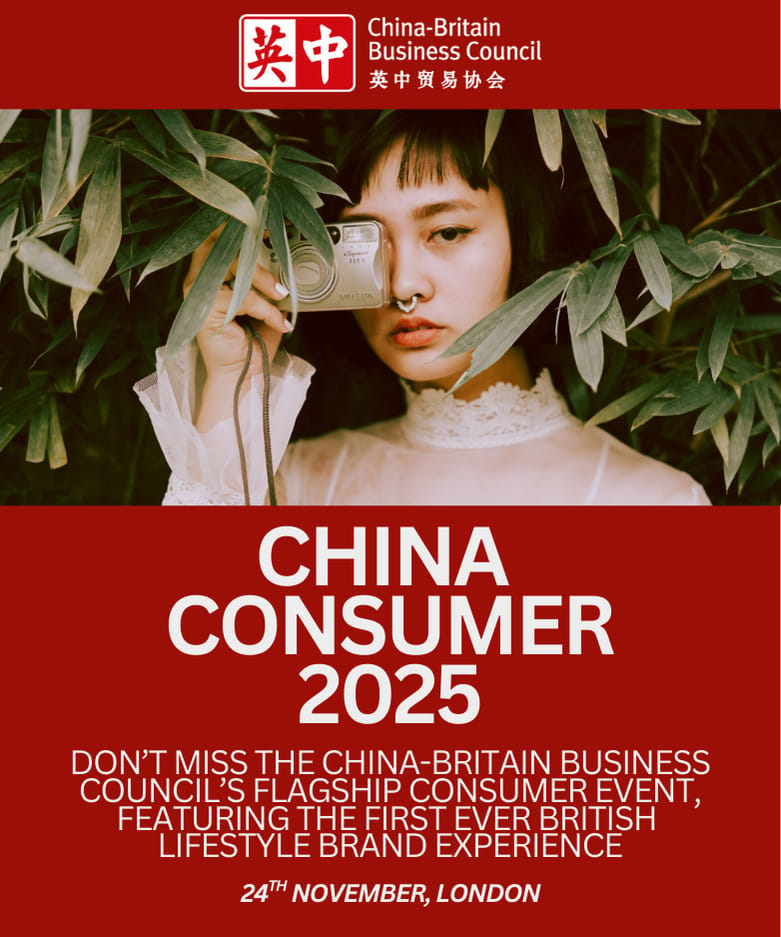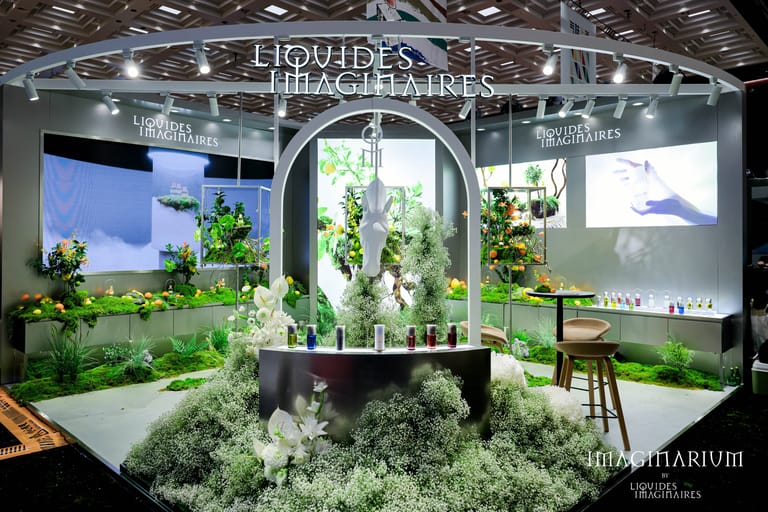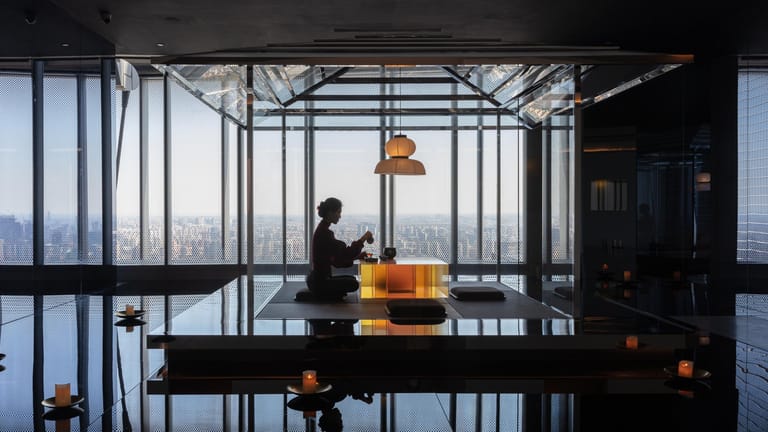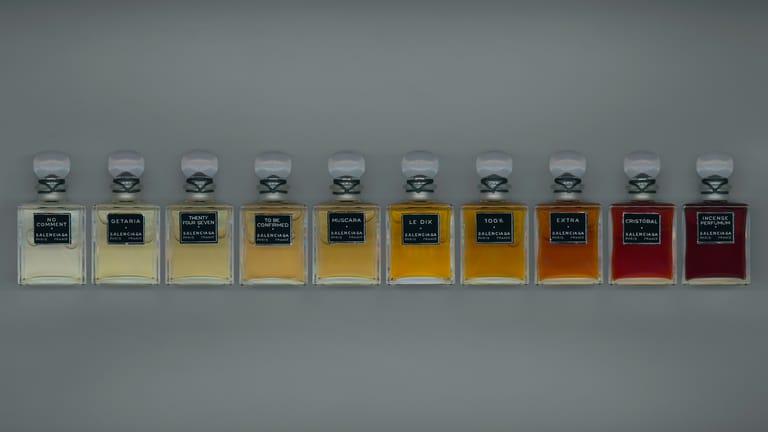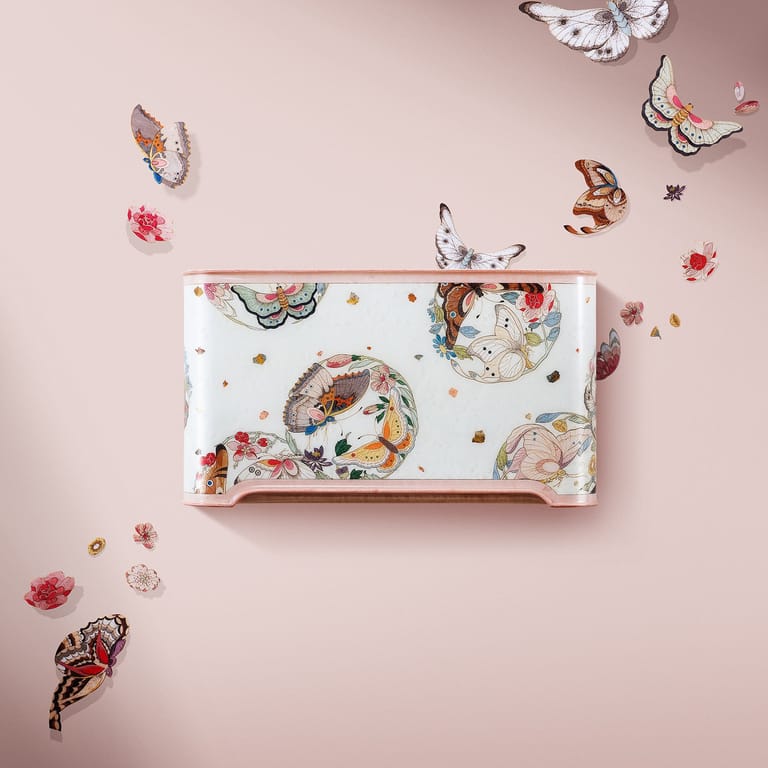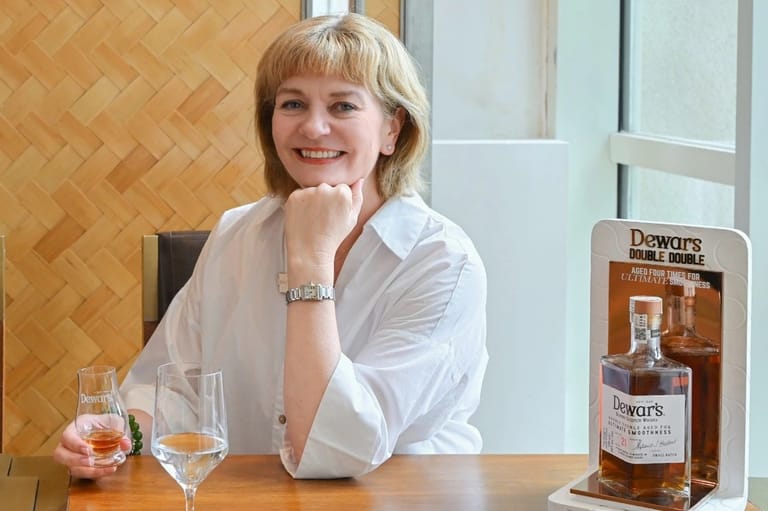Beyond Anti-Aging: The Rise of Skin Longevity
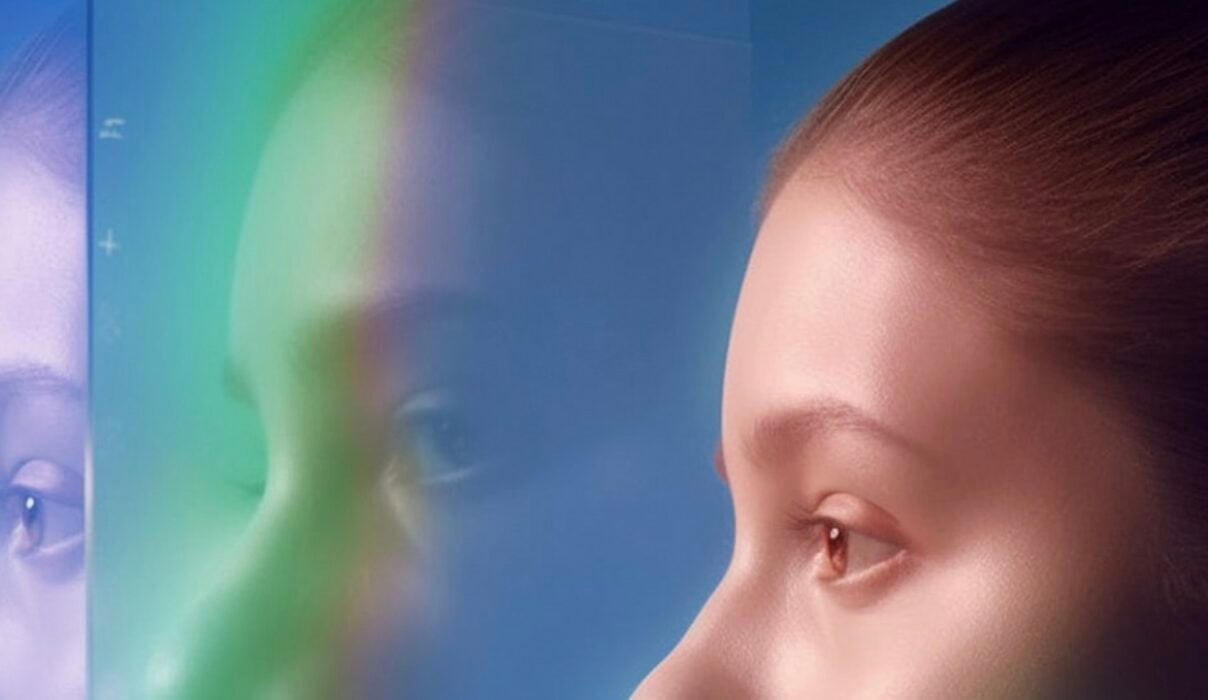
“Longevity” is becoming the latest darling of the beauty industry. But unlike the aging-defying rhetoric of the past, this concept isn’t about chasing away wrinkles, spots, or sagging skin. Instead, it focuses on sustaining skin health at the cellular level for the long haul.
The rise of “skin longevity” signals more than just a shift in skincare technology. It marks a reframing of the skincare philosophy, prompting a new kind of conversation between brands and consumers.
The Appeal of Longevity—Why It’s Gaining Traction
For decades, anti-aging has dominated beauty marketing. Since the 1980s, ingredients like collagen, retinoids, and antioxidants have powered a fiercely competitive category. But in recent years, the narrative has started to wear thin. Among younger consumers in particular, “anti-aging” feels out of step, feeding age anxiety and reinforcing a narrow beauty ideal centered on youth.
Skin longevity emerges as a response to this tension. While formulations and benefits may overlap with anti-aging, the ethos is different. Longevity isn’t about fixing age-related “flaws,” but about proactively supporting skin’s long-term functionality. It shifts the focus from external correction to internal balance, from short-term results to sustained health. This time-positive outlook resonates more deeply with today’s wellness-minded consumer, opening the door to broader appeal.
For brands, embracing longevity opens pathways beyond traditional skincare and into the broader health and wellness space—one of the fastest-growing sectors in the post-pandemic economy.
Amid growing competition from medical aesthetics and other high-performance categories, the traditional skincare market—especially in the premium segment—has faced headwinds. Framing skincare as part of life cycle management offers a fresh path forward.
The Science Fueling Longevity’s Rise
This shift in narrative is backed by hard science. From stem cell therapy and gene editing to epigenetics and regenerative biology, beauty brands are tapping technologies born in the life sciences to extend skin vitality.
According to veteran product developer Ralph Li, translating these biological breakthroughs into skincare language is key to winning consumer mindshare in the longevity space.
L’Oréal is one of the most aggressive players here. In 2023, its venture fund Bold invested in Swiss biotech firm Timeline, known for its proprietary Mitopure® molecule, which restores mitochondrial function to slow cellular aging. In 2024, L’Oréal introduced Cell BioPrint, a diagnostic tool inspired by longevity science that claims to reveal an individual’s skin aging trajectory in five minutes. The brand calls this “a consumer skin intelligence revolution in longevity science”—a clear signal of its long-term ambition in the category.

The Estée Lauder Companies, too, has spent over a decade building a robust skin longevity platform anchored by Sirtuins—often dubbed “longevity proteins.” Since 2008, the group has developed a research-to-consumer pipeline around these proteins, culminating in the 2023 launch of its Skin Longevity Science Platform. The initiative includes an expert advisory group spanning sleep science, biology, and lifestyle medicine, and even a “Skin Longevity Lab” retail concept store at the cdf Sanya International Duty Free Shopping Complex.
Can the Chinese Market Embrace Longevity Skincare?
Despite the global buzz, skin longevity is still an abstract concept for many Chinese consumers. The challenge lies in the lack of both conceptual clarity and tangible relevance.
In Western markets, longevity has become part of a new wellness luxury ethos. From Beverly Hills to Geneva, longevity clinics and supplement rituals are mainstream, with high-income consumers prioritizing cellular health as a key to beauty.
China, however, doesn’t yet share this mindset. Language is the first barrier—“longevity” translates to chang shou(长寿), a term with connotations of old age or even superstition. To resonate with younger, science-driven consumers, brands must reframe the idea using terminology that feels both modern and grounded in efficacy.
“There’s still a surface-level understanding of skincare in China,” says Li. “Consumers care more about visible, short-term results than about concepts like cellular renewal or life cycle management.” This is also why medical aestheticsoffering quick, visible improvements have gained such a strong foothold locally.
Cutting-edge technologies like cell repair and stem cell therapy also raise eyebrows. “These solutions sound futuristic, but they’re still nascent in China. There’s a healthy skepticism around interventions like full-body transfusions or stem cell treatments—they’re seen as unnatural, or even ethically murky,” Li adds.
That said, the appetite for longevity is real. China’s booming supplement market reflects a growing consciousness around health and lifespan. According to a report jointly issued by the China Chamber of Commerce for Import & Export of Medicines & Health Products and other institutions, nearly 60 percent of surveyed Gen Z consumers say they are paying close attention to their health, with 37.9 percent tracking biometric data daily.
The next step is converting that awareness into skincare behavior. This requires systematic market education.
Because most Chinese consumers don’t yet associate “longevity” with their skincare routines, brands should avoid leading with the term itself. Instead, they can highlight mechanisms like “cellular energy repair” or “barrier rejuvenation”—concepts that feel more concrete and results-driven. “Social media plays a big role in shaping consumer perceptions here,” Li notes. “People want clear effects and sensory payoff, so you need scientific models to demystify these more abstract claims.”
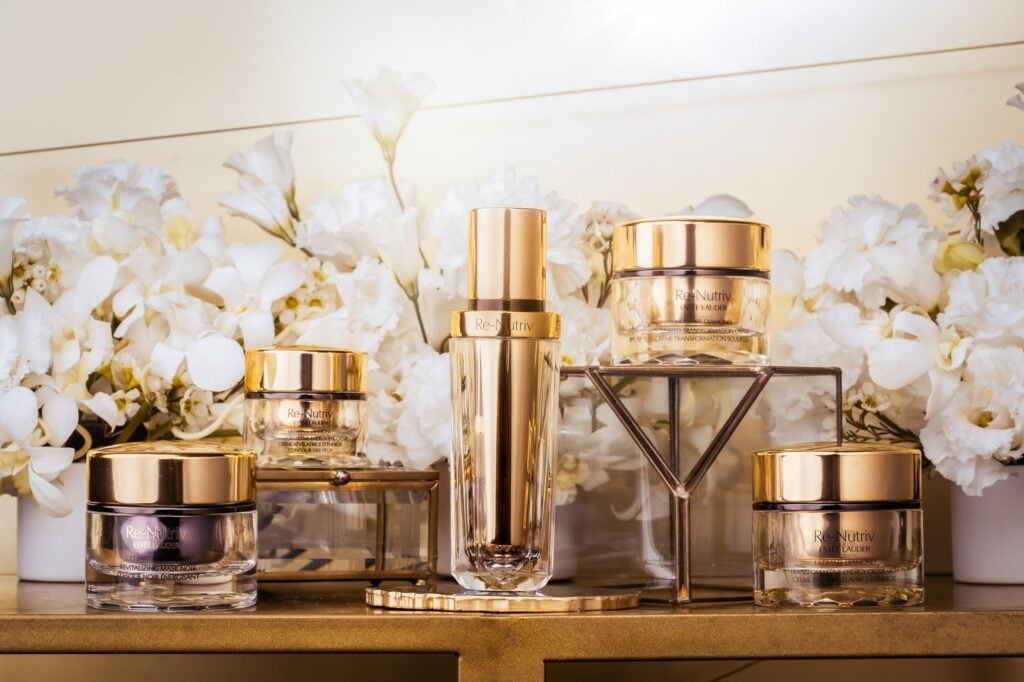
In essence, marketing skin longevity in China is about bridging the gap between philosophical storytelling and functional benefits.
To land the message, brands must render the concept tactile. Pairing skin longevity with diagnostic tools, for instance, can turn an invisible process like cell repair into something measurable and real. Functional skincare lines that integrate these ideas into daily rituals will be key to translating longevity from buzzword to routine.
Ultimately, this shift from “anti-aging” to “longevity” represents more than a semantic evolution. It’s a strategic leap—from reactive fixes to proactive health optimization. As life cycle management and wellness intelligence begin to reshape the skincare narrative, brands that can guide consumers through this transition will be the ones to lead in the next era of beauty.


